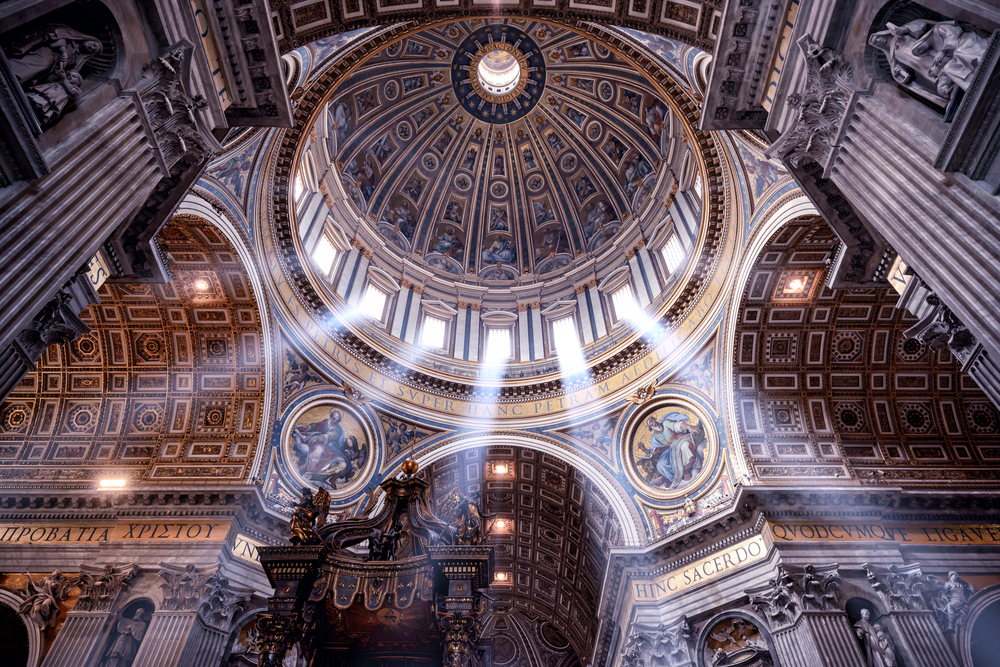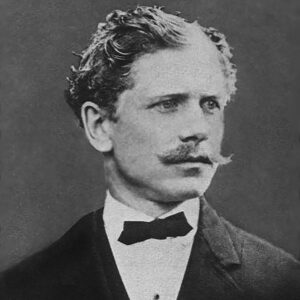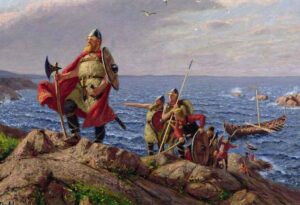How exactly do you look for a civilization that never existed? Usually, civilizations leave behind something: art, artifacts, oral traditions. But this civilization only exists in cyberspace and in the minds of some rather eccentric individuals. This is the Tartarian Empire, a civilization supposedly suppressed and erased from history by world governments.
This article will not try to examine whether Tartaria existed. Rather, we will explore how this wild theory emerged.
What is Tartaria?
Tartaria was supposedly an ancient civilization with highly advanced technology. The Tartarians were giants who built mankind’s most impressive architecture: the Great Pyramids, the Taj Mahal, Petra, and the Great Wall of China.
Some believe that the Tartarians even built the Capitol building in Washington D.C. and other classic architecture in the Greco-Roman, Gothic, Baroque, Gilded Age, and Renaissance styles.
Believers argue that many great civilizations, including the Greeks, Romans, Egyptians, Chinese, and Israelites were part of the Tartarian Empire. Another faction of Tartarian theory suggests that history’s timeline is completely wrong.
“Deception has been utilized to push history back a thousand years and create an artificial dark age. The time of Jesus was less than 1,000 years ago,” believer Minette Christel Kotze writes on LinkedIn.

The Capitol, Washington D.C. Photo: Shutterstock
Supporters of the theory cannot fathom how quickly mankind developed its architecture. They conclude that an advanced race of people must have built everything. The conspiracy theory argues that world governments paper over the last remnants of this great civilization, replacing Tartarian buildings and technologies with inferior modern versions.
The real Tartaria?
There is a real place called Tartary. It is an old name for parts of Eurasia. Europeans and Catholic missionaries used it to emphasize remote areas. The Greek word Tartarus means hell and Europeans wished to convey Asia as a scary, hellish landscape, rampant with pagan peoples and dangers.
Scholars used the name for various areas, including Chinese Tartary (Manchuria and Mongolia), Russian Tartary (Siberia), and Independent Tartary (Turkmenistan, Uzbekistan, and Kazakhstan). Tartary was printed on maps until the 20th century.
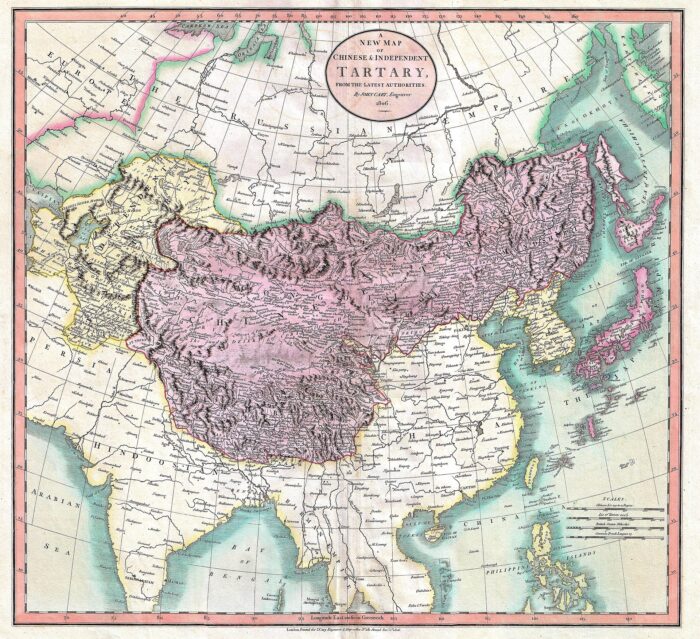
A 1806 map of Tartary. Photo: Geographicus Rare Antique Maps
Tatars or sometimes Tartars (not to be confused with the sauce) refer to Turkic groups in Central Asia: the Volga Tartars, Crimean Tatars, Afghan Tatars, Siberian Tatars, and Lipka Tatars. However, these groups were by no means giants. Nor did they surpass the rest of humanity in technology or architecture.
The mud flood
According to Brian Dunning, the host of the Skeptoid podcast, the modern conspiracy theory of Tartaria began circulating online in 2016. YouTubers started posting about a massive “mud flood” that wiped out this great civilization. Their evidence? Buildings with basement windows, underground tunnel systems, and structures built on each other. They argued that the mud flood destroyed Tartarian architecture not thousands of years ago but sometime between the 19th and 20th centuries. The theory states that the destruction reset mankind’s history and collective memory.
Photos of the World’s Fairs held in Chicago, San Francisco, Paris, and other cities were supposedly really photos of the capitals of the Tartarian Empire, showing the world its technologies.
Further down the rabbit hole, Tartarian believers think that wars and other disasters were used intentionally against the Tartarian Empire. World Wars I and II, the Napoleonic Wars, and the destruction of cities by fires and pandemics were efforts to eradicate this glorious civilization.
We can see just how far removed the myth of the Tartarian Empire is from the geographical definition of Tartary. However, some proponents have tried to link the two, suggesting that Genghis Khan was a Tartarian king who expanded the empire and sought to save it from destruction.
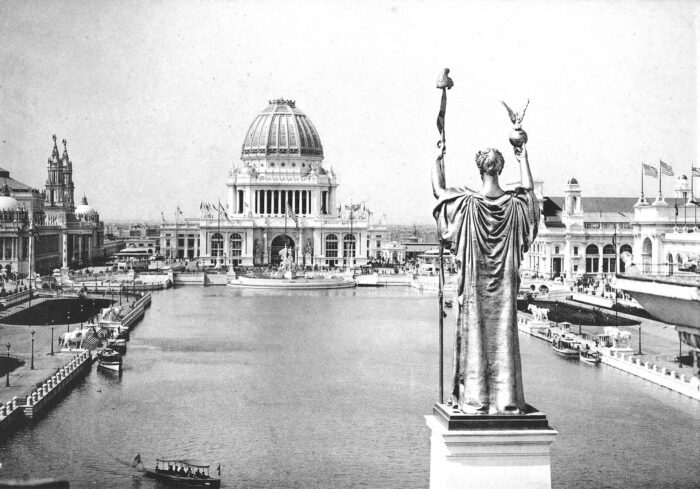
Chicago World Fair/World’s Columbian Exposition 1893. Photo: C. D. Arnold
Origin story
Where did this wild pseudohistory originate? All signs point to one man. Russian professor Anatoly Fomenko is one of the world’s very few “recognized” conspiracy theorists. A member of the Russian Academy of Sciences and tenured at Moscow State University, Fomenko published an extensive chronology that completely rewrote history. His New Chronology (published in the 1970s) aimed to discredit the Catholic Church and the Romanov dynasty.
Fomenko’s work inspired the emergence of a new-age Russian nationalist movement called Levashovism. This movement called Russia “Great Tartaria” and used the term to legitimize Russian attempts to take control of Central Asia.
A publicly available CIA document titled National Cultural Development Under Communism mentions the Soviet Union’s use of Tartaria: “The Communists have interfered in a shameless manner, ordering the party’s Tartar Provincial Committee to proceed to a scientific revision of the history of Tartaria, to liquidate serious shortcomings and mistakes of a nationalistic character committed by individual writers and historians in dealing with Tartar history.”
Tartarian believers cite this document as evidence that the Tartarian Empire existed.
But how did we go from a tool for Russian nationalism to a civilization that built the modern world? Even the conspiracy theorists don’t have a clear answer, though some argue that our governments are keeping us in a matrix-like simulation. Yes, it’s all pretty wild.
Online army
YouTube and Reddit are the main platforms on which Tartarian enthusiasts congregate and exchange ideas. The r/Tartaria subreddit has over 45,000 members. Their opening line reads: “Maybe the history we’ve been told is a lie!”
There’s a community on Facebook too. The Mudflood, Tartarian Empire Research Group boasts over 129,000 members, with hundreds of posts a day.
Conclusion
It’s not clear how the conspiracy theory started, but its popularity is a good indicator of the state of society. Bloomberg writer Zach Mortice describes Tartarian believers as “picking out apparent inconsistencies and making one-off conjectures instead of weaving together comprehensive timelines.”
As harsh as it sounds to believers, the Tartarian Empire theory is a confusing, convoluted mess. There is no consistency and no true starting point. There is no clear narrative about how the empire began, why it declined, why world governments were hell-bent on destroying it, and how events have been magically erased from human memory.
Perhaps believers can’t reconcile how humanity went from the great architecture of old to some of the bland, uninspiring buildings today. Tartaria might be a manifestation of people’s nostalgia for the beauty and accomplishments of the past and distaste for modernism.
